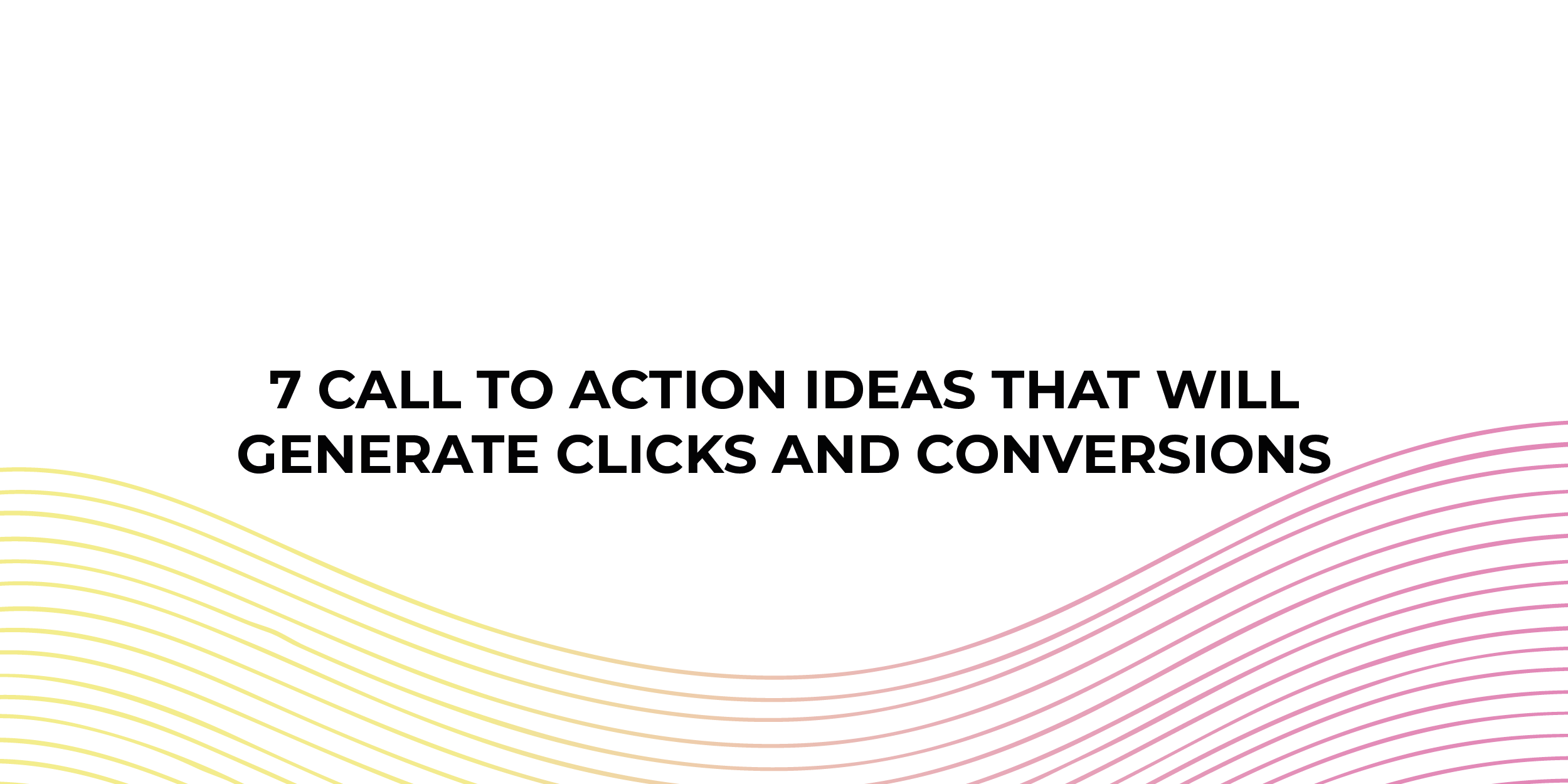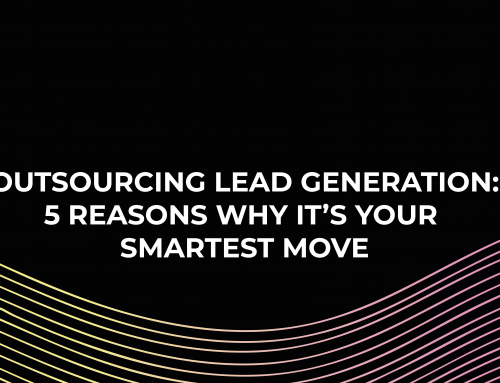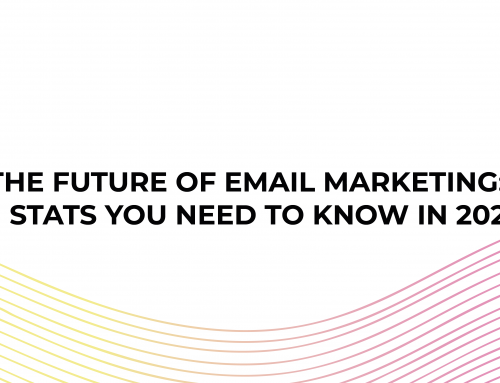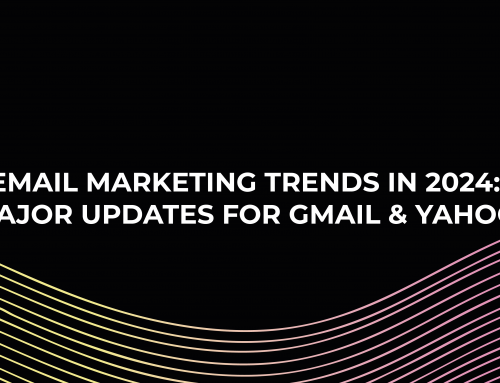7 Call To Action Ideas That Will Generate Clicks and Conversions
Your website is up and running and looking good, you’re posting regular content on your social channels and engaging your audience and you’ve got your target ads running, but have you optimised your email marketing? Are you missing out on potential conversions?
In this blog we are going to focus on optimising the call to action (CTA), the button that drives the clicks. The CTA is your way of telling the reader what action you want them to undertake, normally visiting your website, buying your product, reading your blog etc.
What is a “Call To Action”
Call to action buttons are the small, brightly coloured shapes on a webpage or email that resemble an actual button, hence the name. The buttons contain hyperlinks and an instruction on what action the business wants the consumer to undertake.
There are a few different types of CTA’s which business often utilise, these include:
- Text Hyperlinks: A text link, usually blue in colour, that once clicked will take the user through to a specific web page, video, blog, social post.
- Graphic Buttons: These are the previously mentioned brightly coloured buttons emblazoned with terms such as “Buy now” or “Try Free”
- Plain Text: While the majority of CTA’s include interactive clickable features this isn’t necessarily a requirement. A CTA can be as simple as encouraging the reader to visit a physical store or contact someone via phone number
The Benefits of A CTA and the Psychology:
The main aim of the CTA is to grab the attention of leads and turn them into customers as quickly and simply as possible. It’s all about making it easy for the customer to purchase/ subscribe/ sign up etc.
Put yourself in the shoes of a potential customer browsing for TVs for example. If there’s 57 different prompts all different coloured with different text prompts this is extremely overwhelming. In this situation when faced with so many choices, customers will often choose none.
This phenomenon is known as “Decision Fatigue”. Decision Fatigue describes the phenomenon that choosing between a large variety of options is often detrimental to the decision making process and people will often end up less satisfied with their choice and more likely to regret their decision.
Utilising CTA’s effectively means you can guide your customers through the decision making process organically without overwhelming them. While telling people what to do can be slightly complicated as you don’t want to sound bossy or condescending, by using subtle psychological cues you can give people a nudge in the right direction.
Tips and Tricks
- Make the Call to Action stand out: The CTA should draw the reader’s eye to it, it needs to be visually appealing so that your potential customers don’t miss it or mistake it for something else, make sure it’s clear and stands out.
- Less is more: Be sure to have an aim and objective in mind for every email you send. Otherwise if you use multiple CTA’s people will be confused as to what action you want them to take. As mentioned, providing a large variety of options can result in people feeling overwhelmed, so as a general rule only use one CTA per email.
- Always Optimise for Mobile: According to research done in 2020 Over 61.9% of emails are opened on mobile devices. Meaning if your emails and CTA’s arent optimised for mobile devices then you are excluding over half the population from your email marketing emails efforts.
7 Call To Action Ideas
“Visit Site”
Simple and effective, this CTA is useful for marketers who want to keep it simple and direct. This CTA will generally take users through to the businesses home page, rather than a specific product page or blog post and allow the user to navigate around their website themselves.
“Learn More”
Utilised by companies such as Paypal and other financial institutions that can often be complex and involves various legislation and security measures. However, it is also useful for companies who create/ write educational content and try to provide value in their content.
“Sign up Free”
Letting the customer know that this action is risk free is an effective tactic to get people to subscribe/ sign up. By removing the payment and personal info sections and just asking for a person’s email address it makes the process easier and quicker for the subscriber.
“Subscribe”
Super short and simple, this button brings people to a short form where they can input their email and what they would like to see in their email subscription: local news, product sales, personal interests etc.
“Shop Now”
“Shop now” is used to send customers to a particular product type on a website. For example a clothing company could send a promotional email about a new range of trousers dropping on their website, so instead of sending the user to the home page the link will take the customer to a page with various different styles of trousers.
“Book Now”
This CTA is useful for events and exhibitions. It describes exactly what the user will be doing next. Once clicked a booking form will pop up displaying different times and dates for customers to book, followed by their personal info.
“Order Now”
Usually used by food or clothing companies. “Order now” implies that the product will be delivered to the customer’s house directly, again trying to get across the simplicity and ease of use of the service.
Wrap up
While all “call to actions” can be effective in their own way, it’s best practice to incorporate a colour graphic interactive button in order to attract customers’ attention and generate more clicks through to your website. It’s important to remember that every email you send needs to have an aim and objective which is conveyed in the call to action. Finally remember to be clear and direct in your instructions as to not confuse the potential customer.
If you would rather leave this to the professionals then let us cover all this for you. At Inboxx we provide bespoke direct email marketing solutions for businesses, getting you noticed by the people that matter and boosting your revenue. Click here to find out more: Inbox Home




